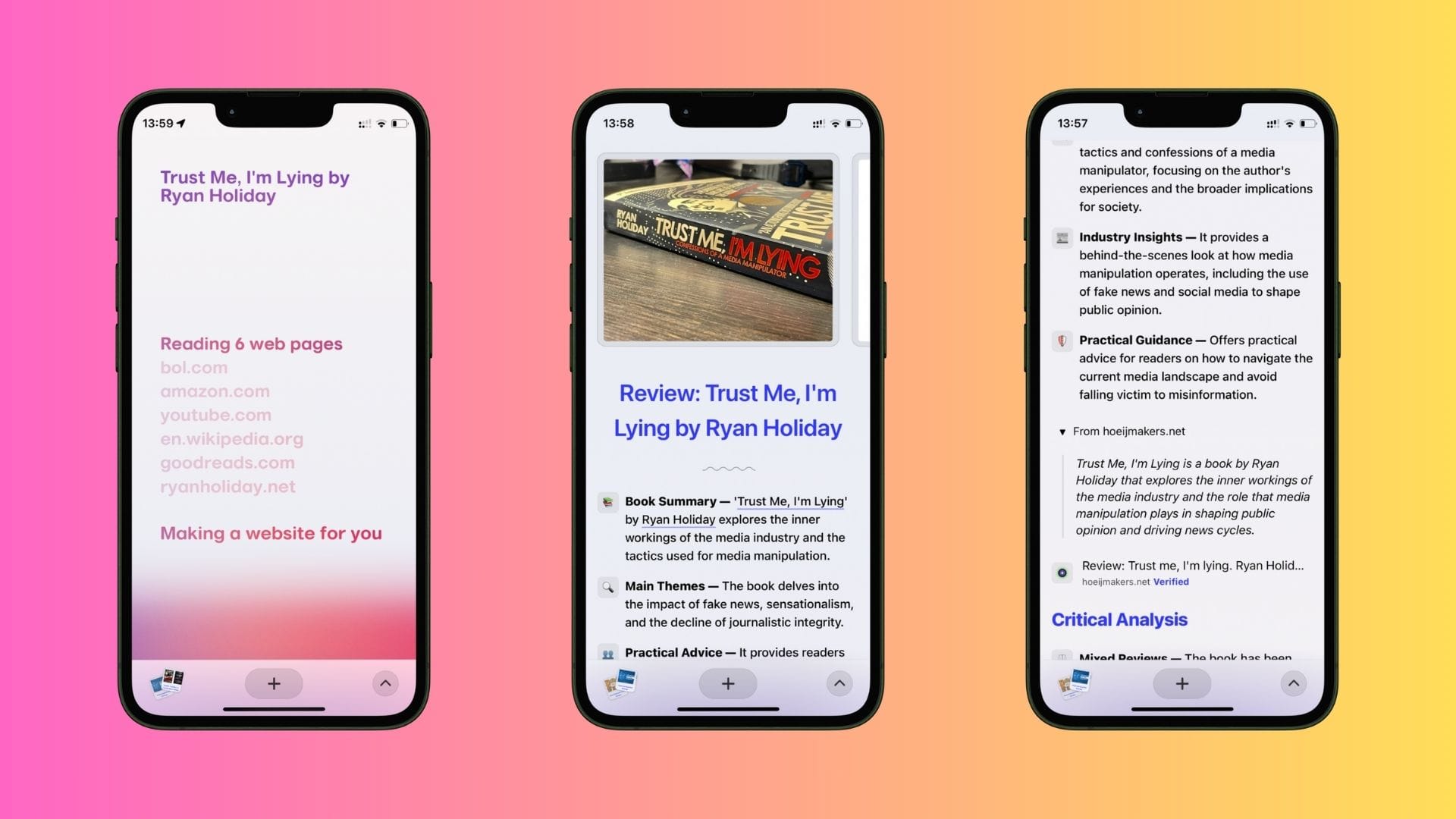Web Traffic and the Rise of LLMs
Exploring the impact of LLMs on web traffic, a shift from Google's reign to a new era of digital engagement.

In a compelling analysis by Rand Fishkin for SparkToro, the dynamics of incoming web traffic are meticulously dissected, offering invaluable insights into the evolving sources of digital traffic.
Until the recent past, Google reigned supreme as the primary source for visitors to my blogs, necessitating a deep dive into SEO strategies and frequent audits via Google Search Console for actionable insights and content ideation.
However, the ascent of Large Language Models (LLMs) such as ChatGPT and Gemini, along with innovative applications like Perplexity and the Arc Browser, created a paradigm shift in web traffic dynamics and personal browsing habits—a change likely mirrored in your experiences as well.
In this article I share my personal experiences and impact of the rise of LLM’s as web strategist but also try some predictions of the road ahead.
Content as a terminal stop
Previously, Google's search engine served as the beacon, directing the flow of digital explorers to my content. Now, the spotlight shifts towards LLM-driven applications, a realm where my content now seems to reside and only occasionally signals its presence through sporadic traffic influxes.

This transition from a Google-centric world underscores a broader transformation in user interaction with digital content; within these new ecosystems, users exhibit a reluctance to browse beyond the confines of a single application, unlike the more navigable pathways provided by traditional search engines.
The implications of such a shift extend beyond mere curiosity; they hint at a potential upheaval in the distribution and accessibility of digital content in the years to come.
Observing my content through the lens of the Arc Browser, which curates its offerings from the top Google search results, is a bit frustrating. I see my content, text and images, displayed in their environment. No traffic for me.

Yet, it's not the likes of the Arc Browser (they are build on top of Google) that cast a shadow over my aspirations, but rather the LLMs that transform original content—imbued with creativity and effort—into a final destination, a terminal stop so to speak. There the content I make goes into the recipe for a big soup.
Towards a Personalised Content Strategy
This evolution prompts a reevaluation of my content strategy, foreseeing a shift from addressing a collective audience to engaging individuals through novel channels, outside the traditional web browser framework.
I am at the forefront of this transformation, collaborating with clients to develop applications that house content within exclusive knowledge bases. These platforms are designed not for public display but for personal interaction, accessible through chatbots, web interfaces, and even WhatsApp.
The pivotal role here is played by the knowledge base and by the LLMs that curate and convey it, crafting responses that resonate on a personal level without directly sourcing from the LLM's vast repository.
I am highly curious how to work this into a model at scale. Probably on intuition because it is hard to measure and with cooperation with others to share ideas.
Exciting times ahead!



